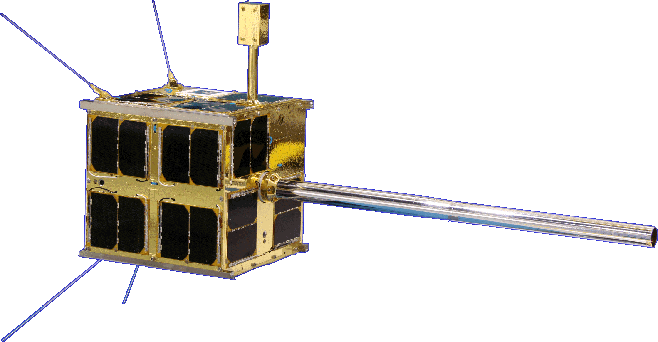Blog – AISSat-1 Maritime Vessel Tracking Nanosat Celebrates 10th Anniversary

AISSat-1 is a 7-kilogram, 20cm-cube nanosatellite constructed by SFL for the Norwegian Defence Research Establishment (FFI) and the Norwegian Space Centre (NSC). Its primary mission was initially to demonstrate the feasibility and performance of space-based Automatic Identification System (AIS) detection from low-Earth orbit as a way of tracking maritime vessels, and the consolidation of space-based AIS data into a national maritime tracking information system. Since its launch over 10 years ago, the endurance and expanded scope of the mission have provided extraordinary return on investment.
AISSat-1 was launched on 12 July 2010 and has surpassed its original mission requirements. With a design life of one year (three-year goal), the nanosat is still operating nine years past this original parameter, greatly exceeding initial expectations.
Originally intended to be a research platform for a demonstrator mission, AISSat-1 quickly became an operational asset for Norway that continues to be a workhorse for their space-based AIS data collection requirements.
The Automatic Identification System is a self-organizing TMDA radio communication system used for the identification and location of maritime vessels. AIS transponders are required by the International Maritime Organization on all vessels over 300 tonnes and all passenger vessels. Communication is line-of-sight, allowing countries to monitor ships within approximately 50 km of their shores.
A space-based platform allows monitoring of much larger areas, especially in areas that are challenging to monitor through more traditional base station methods. As it did to bring the AISSat-1 mission to fruition, SFL continues to maintain complete and comprehensive facilities to support the complete development cycle of satellites and spacecraft, from initial conception to on-orbit operation.
Read more here.
